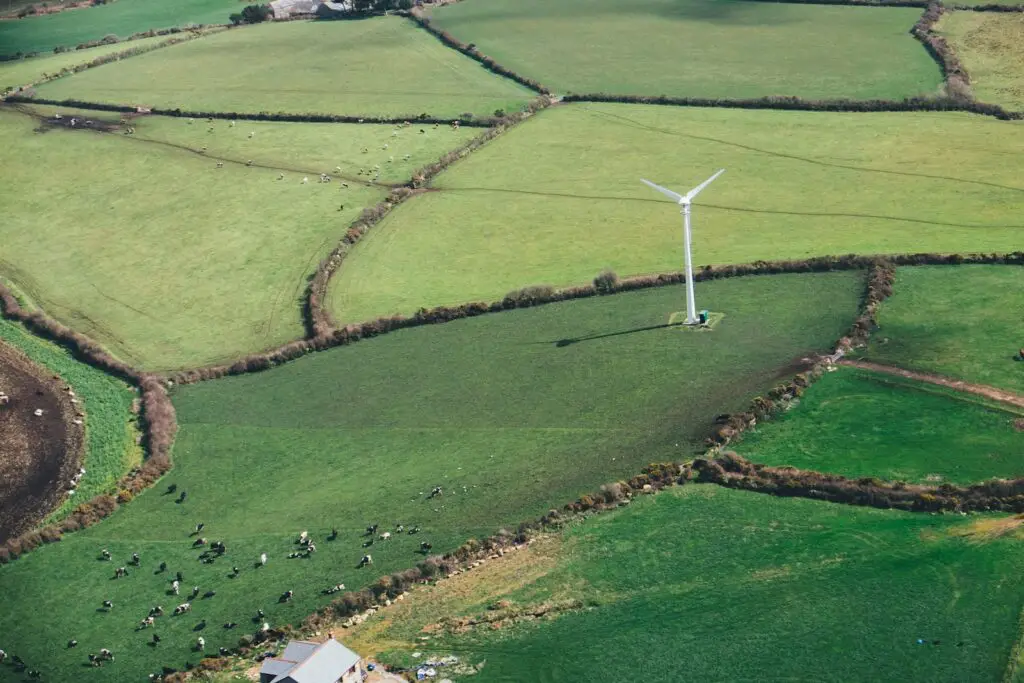The installation cost of solar energy represented a vital obstacle to its systematic implementation in households and businesses.
In contrast with traditional electricity, it is impossible to centralize the power supply and distribute energy within a network.
Instead, energy is produced on solar panels that need to be settled in multiple locations: the more solar panels, the more energy output.
Solar Power Purchase Agreements (PPA) and Leases were proposed as a crowdfunding alternative to make the production and use of solar energy feasible at both domestic and industrial levels to cope with the disrupting nature of the massive utilization of solar energy.
This article will go deep into the advantages and disadvantages of solar PPA and Leases, considering the multifaceted implications of using and implementing these solar energy contracts.
Crowdfunding to implement solar energy
Solar energy is a market with expensive entry barriers for producers and consumers. A household can purchase by cash multiple solar panels according to its requirements of energy.
Still, it has to consider the cost of installing or adapting the electric network to work with this type of energy.
There are also risks of damaging solar panels and electronic devices for misuse, maintenance costs, and so on.
Even though this investment is meant to produce significant savings over time, its initial magnitude could make it unaffordable for the average American household.
On the other hand, fabricants of solar panels would have to make an enormous investment in massive solar panels installation and the building of electric networks to supply a community with solar energy.
The Role of Solar PPAs and Leases
Two types of contracts have been created to overcome financial limitations regarding solar energy use for suppliers and consumers: solar PPAs and Leases.
These financial agreements are of a determined duration in which a third-party company is in charge of designing, building, and installing a commercial solar energy system in a household or business.
The solar system produces energy sold to the customer at a fixed price in solar PPAs.
On the other hand, customers must pay a fixed monthly rent for the right to use solar panels in solar leases. In both types of contracts, prices to customers are consistently lower than those corresponding to traditional electricity.
Advantages and Disadvantages of Solar PPAs
In addition to avoiding the upfront costs of buying solar panels, PPAs allow customers to pay for the amount they consume.
Notwithstanding, customers may pay more for months when energy consumption is higher or when solar irradiation is at its peak, with no opportunity to sell excess energy back to the grid.
Hence, variable costs might change the expected cost benefits.
These contracts have a term of 20 to 25 years, with a high probability of an indemnification fee imposed on customers for an early contract ending.
Hence, there is no flexibility regarding the length of the contract duration. Families involved in solar PPAs will need to consider the costs of operating solar energy systems if they want to sell their homes to move to a better neighborhood.
Solar renewable energy certificates (SRECs) are economic rewards for solar energy generation that developers keep.
Economic support for producing clean energy represents a considerable opportunity cost of hiring PPAs over hiring solar Leases, as these cumulative rewards could significantly impact households’ economy.
The integrity of the solar panels is the sole responsibility of the PPA companies. However, there are risks related to the misuse of solar energy that cannot be mitigated.
Misuse may lead to the failure of electronic devices, significantly when energy consumption increases abruptly.
High energy consumption might be the case for small businesses looking forward to expanding their production without negotiating price updates with solar PPAs companies.
Advantages and Disadvantages of Solar Leases
Solar Leases charges a flat fee to customers at a monthly rate. In relative terms, this type of contract is cheaper than solar PPAs.
One disadvantage is that energy bills will increase over time as traditional electricity prices increase.
In this setup, customers are not owners of either the solar panels or the other solar energy system components.
However, customers may negotiate the distribution of SRECs with owners.
In terms of length, the contracts are more flexible. Total length varies from 10 to 25 years. Shorter contracts have higher fees.
One worth mentioning is that both types of contracts imply almost the same risks, except for contract duration.
As solar leases are more flexible with contract length, they fit better into customers that are not willing to invest that much into the transition to solar energy.
In this sense, solar Leases are essential for transitioning from traditional electricity to solar energy.
Climate change and sustainability implications
This article brings valuable information for customers seeking savings on electricity bills.
The American government has implemented policies to foster the usage of solar energy and the installation of solar panels.
The main issue is a transition to clean energy usage. Having more affordable contracts helps to accelerate this process of transition.
Greenhouse gas emissions are reduced by using clean energies. These contracts have already changed the actual status quo regarding sustainability.
Conclusions and recommendations
In terms of the solar energy system, the magnitude of savings grows with the size of the investment.
There is evidence that expensive counterparts, such as cash-purchased solar energy purchased and solar loans, produce higher returns than PPAs and leases.
This article defends the thesis that both types of third-party energy contracts promote the usage of clean solar energy.
The final recommendation is to consider all the depicted aspects when purchasing a contract. For instance, PPAs might be more suitable for businesses and leases, for families, because of the pricing of each contract.
A cost-benefit analysis must support the decision in all cases to make it feasible to transition from traditional to clean and sustainable energies in the long term.
